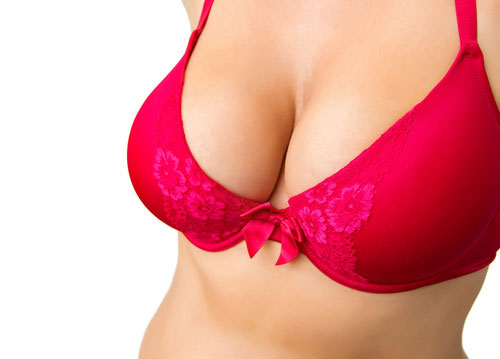Breast Reduction Surgery Procedures in Rochester, Rochester Hills, Oakland Township, Lake Orion, Troy, and the rest of Southeast Michigan

TECHNIQUE
Several methods are available for breast reduction surgery. Dr. Hainer will choose which technique is the most appropriate for you depending on your anatomy and other relevant factors. The two most common techniques are the vertical reduction (lollipop incision) and the inverted-T pattern reduction methods. The vertical technique involves a two-part incision; one incision is made around the areola, the other runs vertically from the bottom edge of the areola to the crease underneath the breast. The inverted-T pattern technique also adds a third incision within the breast crease following the natural curve of the breast.
Once the excess breast tissue, fat and skin are removed, the nipple and areola are repositioned and an oversized areola is also reduced in diameter. The nipples and areolas remain attached to the underlying breast tissue thereby nipple sensation should be preserved; the reported incidence of nipple numbness is roughly 10-15%. These methods should also retain the ability to breast-feed, although the amount of breast milk produced can be limited. Liposuction may also be used to improve the contour and shape of the breasts, particularly on the sides of the breasts. Lastly, small, closed-suction drains may also be placed into each breast depending on the technique employed and the size of the reduction.
During your initial consultation, your breasts will be examined and measured and a decision will be made regarding the extent of the reduction necessary and the specific technique that is most suitable to accomplish the optimal results. In some cases, your insurance carrier may cover the breast reduction procedure sometimes requiring preoperative photographs and a preauthorization letter to be sent to your insurance company.
Breast reduction (reduction mammaplasty) surgery is a procedure designed to remove excess breast tissue and skin thereby, making your breasts more proportional to the rest of your body. Large breasts become both a physical and psychological burden. They can dominate any woman’s appearance and make her look top-heavy and obese. They can become a mental burden attracting unwelcome attention and rude comments. But above all, they are a physical burden. They can be painful, distort your posture, cause difficulty with breathing, backache, irritation at the breast crease and make exercise virtually impossible. Having breast reduction surgery will do far more than just give you smaller, firmer, more youthful breasts. You will get relief from these physical and emotional discomforts, a new sense of freedom not only with clothing styles but also with exercise and physical activities. And most importantly, you will gain an improved self-image and regain your confidence.
ANESTHESIA
Breast reduction surgery is performed under general anesthesia, so you will sleep through the entire procedure.
LENGTH OF PROCEDURE
2 – 2½ hrs for vertical reduction technique 3 – 3½ hrs for inverted T-reduction technique.
RECUPERATION AND HEALING
Breast reduction surgery is usually performed on an outpatient basis whether done at a hospital, outpatient surgery center or office-based surgical suite. Occasionally, the procedure requires an overnight stay at a hospital particularly with large reductions or if other medical issues are involved. The skin incisions heal quickly. All sutures are absorbable. If drains are used, they are typically removed 3-5 days post-operatively. Initial discomfort is minimal and controlled with pain pills and muscle-relaxants. You are given intravenous antibiotics during the surgery and are given 10 days of oral antibiotics after the procedure. We recommend 7-10 days off from work for most patients although this varies depending on medical issues, age, and size of the reduction, reduction technique, and type of work performed.
BEFORE SURGERY
- Stop taking aspirin and aspirin-containing products at least one week before surgery. A sheet of medications to avoid those that contain aspirin will be provided to you.
- If you develop a cold or illness prior to surgery, please notify us so that we may reschedule your procedure. Remember, this is elective surgery so everything should be optimized to prevent potential complications.
- Vitamins are important in healing. Take a multivitamin with iron as well as vitamin C.
- All other vitamin supplements and herbal medications should be stopped, since many can actually worsen bruising.
- Smokers must stop smoking 6 weeks prior and 6 weeks after the surgery.
- Make certain arrangements have been made to have someone pick you up after surgery and to stay with you for the first 24 hours if possible. Transportation services are available through our office.
- Fill all your prescriptions before the day of surgery. Bring your pain pills with you the day of surgery. You may be asked to take them after your procedure before you go home.
- You may want to purchase a stool softener such as Colace, as pain medication may cause constipation.
EVENING BEFORE SURGERY
- Eat lightly; avoid heavy, spicy, or gassy foods.
- Get a good night’s rest.
- Do not eat or drink anything after midnight prior to surgery. If your surgery is in the afternoon, do not eat or drink anything at least 8 hours prior to surgery.
- You may take any prescription medications with a sip of water only.
HOME AFTER SURGERY
- After any breast surgery, it is important to rest. While in bed, exercise your legs and feet to increase circulation to your legs.
- A small amount of bloody drainage through the bandage can occur.
- Limit your arm movements the first 48hrs after surgery. Do what is comfortable, and avoid activities that cause pain.
- Begin taking liquids slowly after surgery and advance your diet as tolerated. It is best to take your medications with food rather than on an empty stomach.
- Call Dr. Hainer if you have any problems with nausea after surgery. He will call in a prescription for an anti-emetic.
- Any discomfort should be relieved by the pain medication.
- It is normal to have pain and swelling after any breast surgery, however, call Dr. Hainer immediately if the breast swelling feels hard or appears much larger from one side to the other, or if one breast is significantly more painful than the other.
- Drain care and emptying is mandatory. Drain teaching will be provided to you as will an instruction sheet.
DEDICATED TO YOUR CARE
The entire surgical process begins well before your actual surgery date. Detailed descriptions of the entire pre and post-surgical course will be explained. Surgical consents will be signed once any and all questions are addressed. Drain teaching, if necessary, is provided. All prescriptions are provided and explained. If specialized garments are needed, exact measurements are made and sample garments are fitted.
During this entire surgical experience, Dr. Hainer and the entire staff at North Oakland Plastic Surgery is committed toward availability. Dr. Hainer will provide each patient with his personal beeper number that is available 24hrs a day. Your well-being and smooth recovery is of utmost importance to us all. We strive to meet all of your needs and make ourselves available at all times for any questions that may arise. Our goal through the entire process is to inform and educate you so that there are no surprises and that all your expectations are fulfilled. Care is individualized and personalized to make this entire experience a pleasant one.
THE RECOVERY PROCESS
You will be seen in the office 1-2 days after your breast reduction surgery. The initial dressing is usually a custom post-surgical bra. You will also be asked to obtain a tailored-cup cotton or sports-bra, which should be worn the first six weeks. Recommendations about brands and styles of bras will be provided to you. For vertical reductions, underwire bras are preferable, while for inverted-T reductions, underwires are avoided to prevent irritation of the incisions. Drains are removed usually 3-5 days post-operatively. You are allowed to shower that day following your surgery. Instructions will be provided to you on how to deal with the drains during showering. All incisions are initially covered by paper steri-strips that are allowed to get wet. They can be removed as they loosen over time.
At one week, you will be seen for follow-up. Any remaining steri-strips will be removed. You will be instructed to begin Scarguard once daily to all incisions once they have healed. Post-operative swelling will begin to resolve. Any urges to purchase further bras should be avoided until the third post-operative week to allow for all the swelling to resolve. Light aerobic activities can be resumed at two weeks and full activities including swimming can be reinstated at 4-6 weeks.
At 6 weeks, all activities can now be resumed. Underwire and push-up bras can be worn. Sunscreen should be applied to all incisions for the first year to avoid darkening of the incisions if exposed to sun or a tanning bed. Nipple sensation, which may have declined initially after surgery should also begin to normalize.
